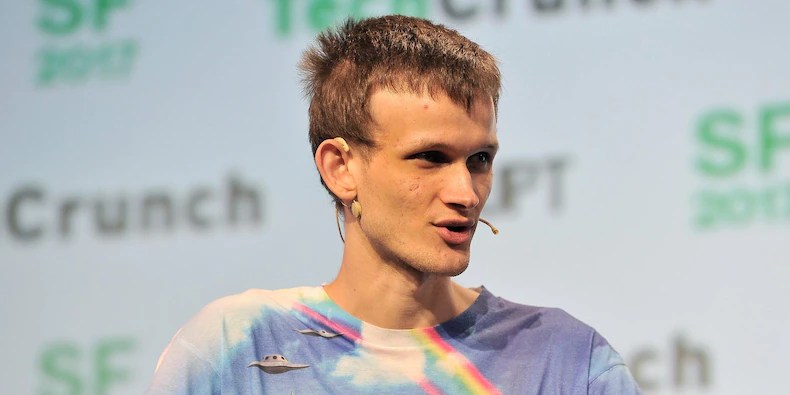With 2022 fast approaching, the launch of Ethereum 2.0 is increasingly anticipated by the community. It will be one of the most important upgrades to any blockchain as it will see the Ethereum network move from the energy-intensive proof of work to proof of stake mechanism. This will also come with additional perks for the blockchain such as scalability and cheaper transaction fees.
Ethereum already has a set roadmap for getting to this point and it has hit major milestones on this roadmap, save for some delays with some upgrades. However, there have always been mini-additions to the roadmap along the way, with the most recent one coming from the founder Vitalik Buterin himself. In the plausible roadmap which he named “Endgame”, Buterin outlines the things that would make a ‘big blockchain’ completely trestles and censorship-resistant.
Roadmap For The Future
One of the main bottlenecks of these ‘big blockchains’, as Buterin puts it, is their large block sizes. This makes it so that the blockchain can only accommodate a limited number of nodes at a time to run fully participating nodes that create blocks. To combat this, the founder lists out four things that can be done.
Related Reading | New Study Says Ethereum May Become A Better Inflation Hedge Over Bitcoin
The first is to add a second tier of staking. This second tier would require lower resource requirements to carry out distributed block validations. This way, transactions are split into buckets of 100, with a Merkle or Verkle tree state root following each bucket, where a second-tier staker would get assigned a random bucket each time. In the end, a block will only be accepted when two-thirds of all validators are assigned sign-off on a bucket they are assigned to.
Next is to introduce fraud proofs or ZK-SNARKs. This will allow users to check block validity for a cheap fee. Both of these work similarly in that ZK-SNARKs cryptographically prove block validity directly while fraud proofs allow anyone to broadcast an invalid fraud proof of a bucker if it is invalid.
ETH price continues to hold above $4,000 | Source: ETHUSD on TradingView.com
The third suggestion is the introduction of data availability sampling which allows users to easily check block availability. This works by employing DAS checks that allow light clients to verify a published block through a few randomly selected pieces that are downloaded.
Lastly, Buterin suggests the addition of secondary transaction channels. These will help to prevent censorship on the blockchain by making it compulsory for each main block to include lists of transactions previously submitted by secondary stakers.
When Is Ethereum 2.0 Coming?
There are two major stages left for the completion of the move to Ethereum 2.0. These two stages are The Merge and the introduction of Shard Chains into the network. The Merge is when the Ethereum mainnet finally “merges” with the Beacon Chain – which is already live, signaling the end of proof of work on the network.
Related Reading | Ethereum Fees Suggest DeFi Is Becoming The Playground Of The Rich
The introduction of Shard chains in the network will enable Ethereum to scale more efficiently by expanding its capacity to process transactions and store data. This final part will be rolled out in multiple stages with more features added over time.
The Merge and the addition of Shard chains are both scheduled to take place in 2022.
Featured image from Business Insider, chart from TradingView.com








